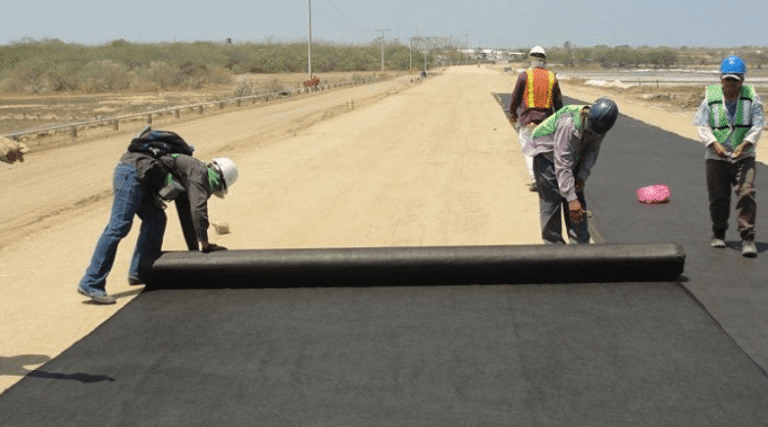Hotel mattresses: How to choose the right comfort level for different room types

Great sleep is where hospitality promises become real. Guests don’t remember the check in widget; they remember how easily the bed absorbed the day and how quietly the morning arrived. That’s why choosing the right hotelmatrassen by room type isn’t a generic purchasing task it’s a strategic decision that shapes reviews, RevPAR, and brand loyalty. At Bremafa, we design and manufacture sleep systems for hotels, healthcare, and private clients, and in this guide we’ll map comfort levels to room categories, explain which constructions fit which use case, and show you how to test, deploy, and maintain a fleet of beds that stay consistent, durable, and easy to service.
Why “one comfort fits all” backfires in hotels
Your guests are not one persona. Corporate travelers arrive late and need instant pressure relief with stable edge support for laptop work. Families want motion isolation and stain resilience. Premium suites must feel unmistakably elevated calmer surface, deeper cradle, quieter core. Accessible rooms prioritize predictable transfer height and firm perimeter. Trying to satisfy every profile with identical hotel mattresses usually leads to a mushy middle that pleases no one and wears out unevenly. Instead, segment comfort intentionally and keep build standards consistent behind the scenes so housekeeping and maintenance still run smoothly.
Start with a comfort map by room type
Think in terms of “feel targets,” not model names. A practical matrix for most properties looks like this:
- Standard/Business rooms: Medium to medium firm. A shallow, supportive cradle that keeps spines neutral for various body types.
- Family rooms & connecting rooms: Medium comfort with upgraded motion isolation and washable protection kids bounce, parents sleep.
- Premium rooms & suites: Medium plush top with a stable core luxury is the sensation of floating without wobble.
- Accessible rooms: True medium firm with high edge stability and consistent transfer height for safe, predictable movement.
- Sofa beds/rollaways: High resilience cores with thinner comfort layers to avoid hammocking and to recover shape daily.
Each comfort target can be achieved with different constructions, but the end feel should be auditable: when two rooms carry the same target, they should feel identical this is how chains deliver brand trust through hotel mattresses across floors and locations.
Rollout and maintenance that keep beds “day one”
A great mattress needs great process. Establish a rotation schedule (head to toe, then side to side where design allows), a quarterly protector audit, and a simple tag system that logs in service date and any incidents. Train housekeeping to spot early signs of edge fatigue, zipper failures, or hot spot staining so replacements happen before guest comfort slips. With disciplined care, commercial grade hotel mattresses maintain feel for far longer than residential equivalents and save capex through predictable replacement cycles.
Toppers and pillow menus: Tune without replacing
Toppers are the fastest way to refine feel across categories. A 3-5 cm high resilience topper can warm up a medium core for suites, while a firmer, thin topper can sharpen support in accessible rooms. Pair that with a small, curated pillow menu low/medium/high loft in washable, hypoallergenic fills and you can serve different sleepers without stocking five mattress SKUs. Properly spec’d toppers also shield surfaces, extending the life of hotel mattresses through laundry cycles and seasonal fluctuations.

Pick the right construction for the job
There’s no single “best” build; there is a best fit build for each context. Pocket spring hybrids (our most common hotel choice): Individually wrapped coils create localized response and strong edge stability; a comfort stack of high-density foams or latex handles pressure relief. Hybrids are ideal for standard and premium rooms because they pair breathability with motion control, and they keep the surface quiet critical for night arrivals. High-density foam or latex cores: Excellent for sofa beds, rollaways, and tight housekeeping cycles. They’re lighter to maneuver, resist impressions when specified correctly, and offer uniform support even in thinner profiles. For accessible rooms, a latex hybrid can deliver springlike response with superior perimeter integrity. All foam with zoning: Useful when you need strict motion isolation (e.g., family rooms near elevators). Just ensure density specs are truly commercial; residential foams won’t survive multi turnover weeks. The right zoning helps shoulders sink without compromising lumbar support a frequent source of complaints if ignored in hotel mattresses.
Common pitfalls and how to avoid them
Over plush suites: “Luxurious” doesn’t mean deep sink. Excess plush often traps heat and shortens life. Aim for medium plush with a stable core and breathable topper. Ignoring accessible room needs: If transfer height varies or edges collapse, safety (and satisfaction) suffer. Specify a firmer perimeter and consistent height from floor to top sheet. Spec drift on re-orders: Always re-confirm coil gauge, foam density, and cover fabric lot. Small changes add up; copy the original spec sheet precisely to keep hotel mattresses uniform over time. Residential parts in commercial environments: It’s tempting to chase a lower price, but consumer grade foams and covers will fail fast under multi turnover conditions.
Where Bremafa fits in
You bring your brand standards; we bring tuned engineering. At Bremafa, we build hotel mattresses and bed systems in our German facilities with certified materials, traceable supply chains, and finishes designed for real housekeeping. We’ll help you map comfort by room type, prototype on your property, and roll out a consistent fleet with spare parts, rotation markers, and service documentation. Prefer customization? We can adjust coil zoning, topper stacks, and cover textiles to your climate, design language, and housekeeping workflows.


